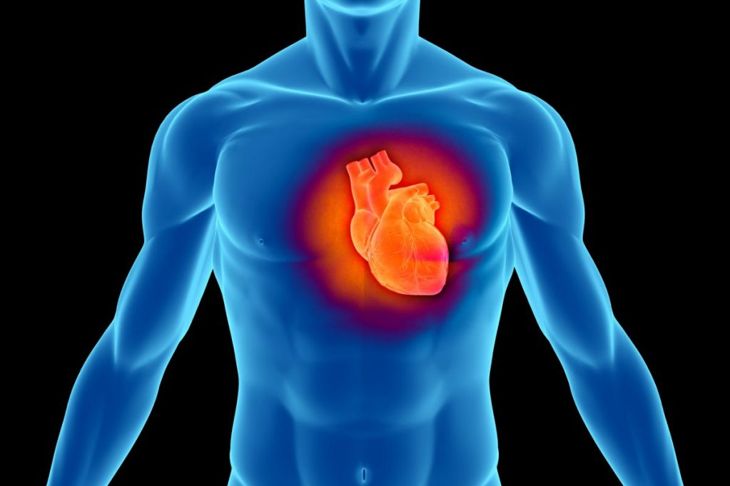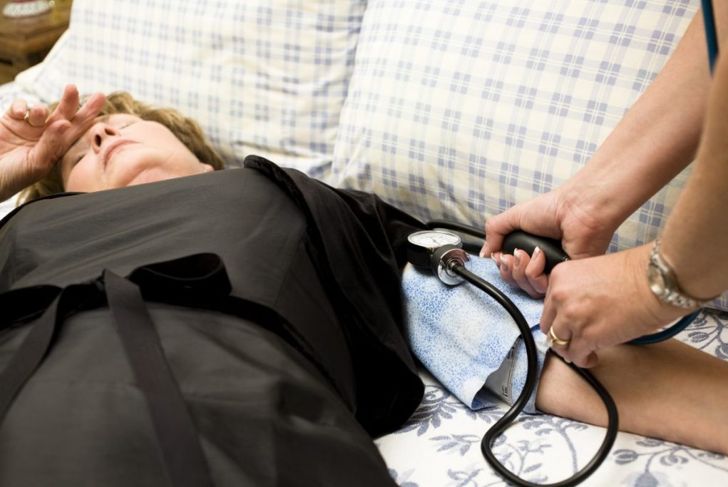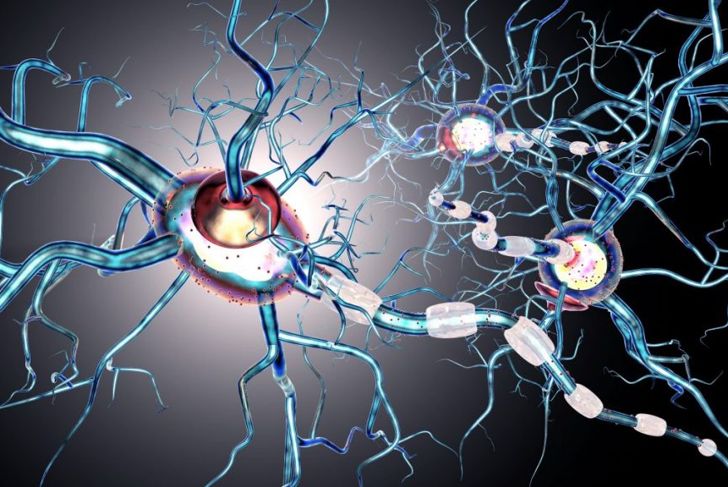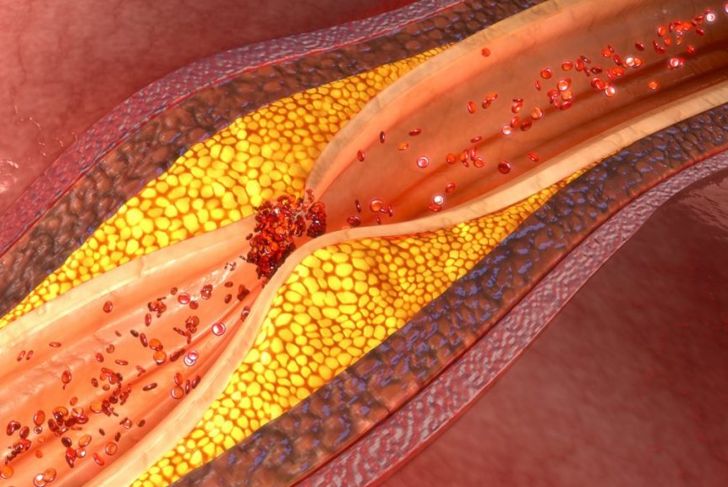Takayasu’s arteritis might sound like an ancient curse, but even when you learn it is not, the condition, which causes inflammation in the arteries, remains a rare and painful one. Experts have a lot yet to learn about Takayasu’s arteritis. Its symptoms are similar to other illnesses, and it can go undiagnosed for some time before a doctor recognizes it for what it is.
What is Takayasu’s Arteritis?
Takayasu’s arteritis most often damages the medium and large arteries that branch off from the aorta — the main blood vessel that carries blood away from the heart to the arms, neck, and brain. In some rarer cases, arteries leading to the heart, kidneys, intestines, and legs can also be hit by Takayasu’s arteritis.
The Dangers of Takayasu’s Arteritis
The inflammation of the arteries and blood vessels caused by Takayasu’s arteritis can cause weakening and stretching of these structures, resulting in a bulging blood vessel known as an aneurysm. These aneurysms can burst and cause massive internal bleeding or stroke. They can also lead to blood clots. Blood vessels may become blocked completely, so the blood cannot flow through at all, a symptom that can be life-threatening.
Who Discovered Takayasu’s Arteritis?
Takayasu’s arteritis was named after Dr. Mikoto Takayasu. Dr. Takayasu was an ophthalmologist in Japan who first noted strange changes in the eye health of a twenty-one-year-old woman in 1908. Over time, he noticed these changes in other patients, as well, and began to formulate a list of criteria. The list he began resulted in the classification of a specific disease in 1975, and his contributions resulted in the condition being named Takayasu’s arteritis.
Who Can Get it?
Takayasu’s arteritis can occur in both men and women, but it is most common in women. Most women who get it are between the ages of 15 and 35 or, as many studies report, “of childbearing age.” Only a tiny fraction of Americans receive the diagnosis — it largely affects young women of Asian descent, and the cause of this is unknown. Risk factors for Takayasu’s arteritis are unknown as well; ultimately, the condition can affect both children and adults of any age or ethnicity.
Stage One Symptoms
The symptoms of Takayasu’s arteritis normally occur in two separate stages. In the first stage, the person may experience unusual fatigue, aches, and pains all over their body, a low-grade fever, and unintentional weight loss. These symptoms are often mistaken for other ailments, as they are usually not too intense in the beginning, and are more often indicative of another disease. In some cases, these early-stage symptoms are surpassed altogether; the inflammation can damage the arteries for several years before one is alerted to the fact that something is amiss.
Stage Two Symptoms
Stage two symptoms of Takayasu’s arteritis are more severe. At this point, the inflammation is narrowing of the arteries, so less oxygen and other nutrients are making it to organs and tissues. This causes weakness of the limbs, lightheadedness and fainting, chest pain, slower pulse rate, high blood pressure, a difference in blood pressure between arms, difficulty thinking and concentrating, and memory problems. It can also cause anemia, headaches, shortness of breath, and changes in eyesight.
When to Visit a Doctor
Any symptoms such as chest pain or shortness of breath should be checked out by a doctor immediately. The same applies to symptoms of stroke. It may not be possible to recognize it without medical tests, but the secondary problems it causes generally alert individuals that something is wrong. Early detection can go a long way toward managing Takayasu’s arteritis in the long-term, so it is best to get a diagnosis as soon as possible.
Causes of Takayasu’s Arteritis
As mentioned previously, doctors and scientists are unsure of the cause of Takayasu’s arteritis. They do not know why some people develop this inflammation while others do not. The consensus, however, is that it may be an autoimmune disease. It is possible infection or viruses trigger the condition, causing the immune system to go into “attack mode.”
Complications of Takayasu’s Arteritis
Takayasu’s arteritis can occur and reoccur many times throughout a person’s life. Each time it does, it runs the risk of causing more permanent damage to arteries and vessels. Complications include the narrowing or hardening of blood vessels, inflammation of the heart, and even heart failure. Strokes can also occur due to blocked blood flow. Heart attacks may occur as well if the heart is not taking in enough blood.
Takayasu’s and Pregnancy
Takayasu’s arteritis can, unfortunately, affect pregnant women. It is possible to have a full-term, healthy pregnancy with Takayasu’s, but caution is key. The medications used to control and treat Takayasu’s arteritis can cause issues with infertility and problems in the pregnancy, so it is important to discuss these things with a doctor as soon as possible. Regular checkups are even more important for women with this condition, to ensure the continued health of both mother and baby.

 Home
Home Health
Health Diet & Nutrition
Diet & Nutrition Living Well
Living Well More
More




















